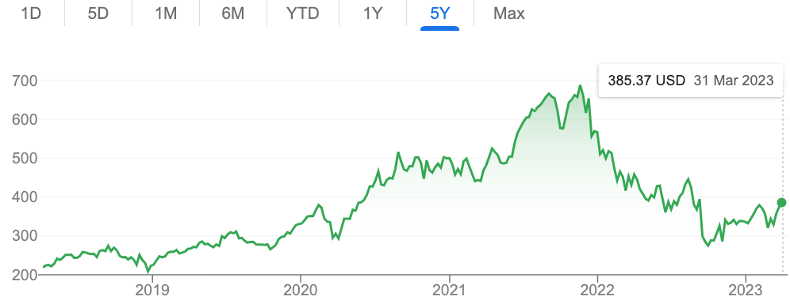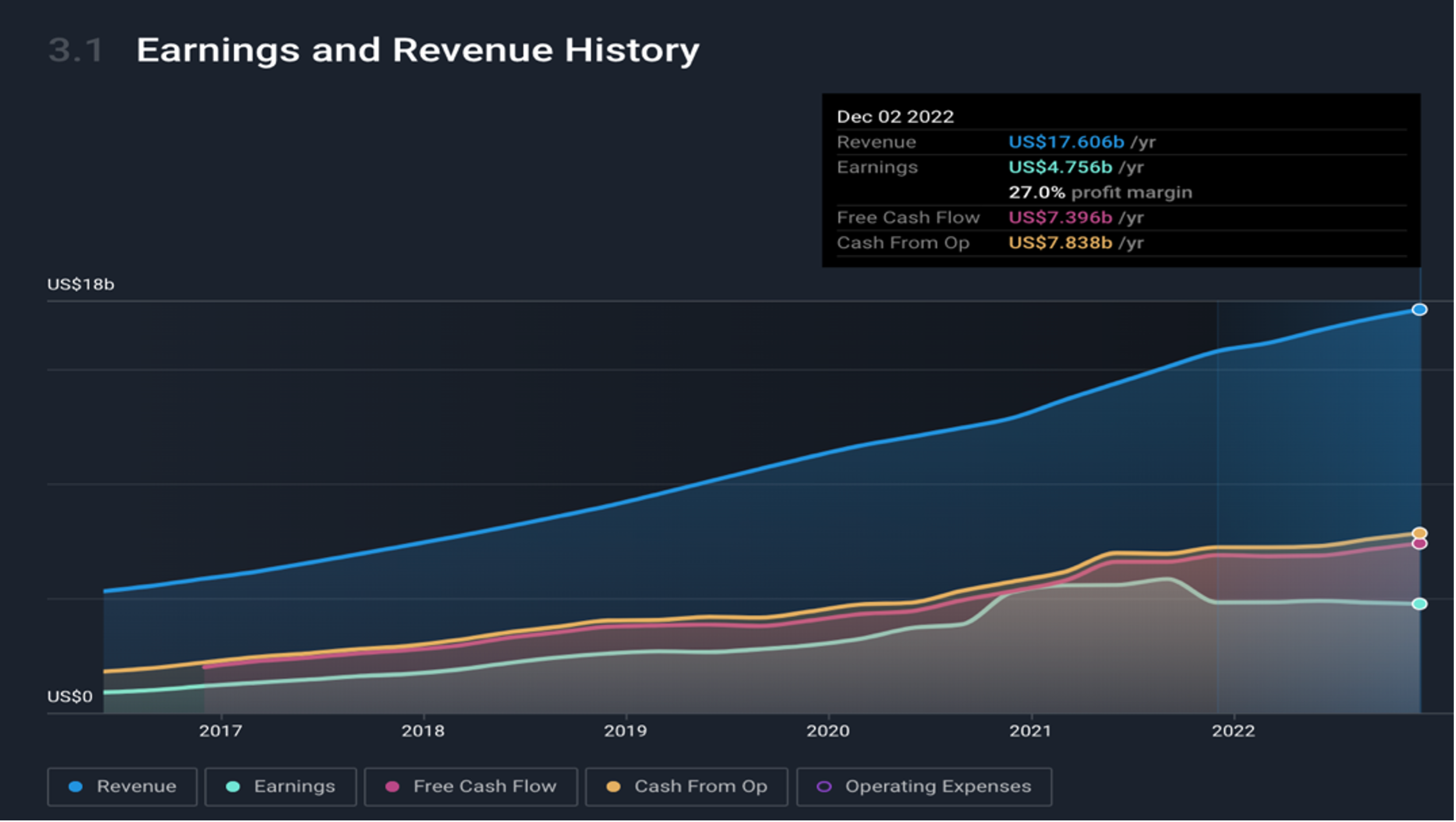Avoid Investing Like A Fish – You Will Be Pleased You Did
The Investment Perspective – April 2023

“Neither the investing method nor the fundamentals of the business are right or wrong because the mood of the market is favourable or unfavourable toward the “stock”. That is because when you really think about it, “stocks” (shares) are all about the financials and the trading price, the share price… the cash up value. What matters more is the economics of the business”
Peter Flannery
Key Points:
- It costs nothing to avoid investing like a fish.
- Are you OK balancing the loud noise of the markets with your long term investing goals?
- Adobe is a good example, take a look.
Don’t Invest Like A Fish
WARNING: When we invest like a fish, we run the risk of damaging investment performance seriously in the long run.
Fish tend to eat the bait that moves.
Many investors get tired of investments whose stock prices track sideways and want to sell them.
Sure, that can be okay when there is a good reason to sell. However, many investors sell stocks because they’re not excited by the movement in the stock price, even when the underlying business fundamentals are moving in the right direction.
Sometimes investors become distracted by ‘grass that appears to be greener on the other side of the fence’, so to speak. There is always somebody else who is better looking, taller, faster, richer…
The good news is that we don’t have to be the most intelligent, have the most money, be the best looking, have the highest level of education, or drive the latest car…we can still be successful investors regardless.
It’s not about what we invest in or where we invest so much, as it is about how we invest – the methodology (e-Biz Investing here at WISEplanning).
Watching the cash-out value of the portfolio or the trading price of individual stocks within the portfolio is not totally without merit. Still, apart from being of some interest, it offers limited insight for us as investors.
Of course, it’s prudent to check stock prices and the cash-out value of the portfolio from time to time. What difference does it really make, though?
I’m not suggesting that we don’t check our portfolios. The question is whether there are other things we could do that might add more value?
Take Adobe For Example
Adobe – Trading Price

The above graph tracks the trading price of Adobe over the last five years.
You can see a significant decline in the trading price over much of 2022. If I invest and only want share prices to rise all the time, then I would be very disappointed by the graph above.
Trading prices do move up and down. That’s because the market goes hot and cold on particular stocks. Indeed many investors across the market play the share market which is what creates some of the volatility.
As a point of interest, Apple is one of the more successful businesses in America. However, its trading price has declined by more than 80% on two occasions in the past. And yet the business continues to grow and has become one of America’s first trillion-dollar companies.
The obvious point here is that, as Warren Buffett has said, the trading price tells you precisely nothing about the business.
Adobe

The above graph tracks Adobe’s revenue (the blue line), cash from operations (the orange line), free cash flow (the purple/pink line) and earnings (the green line).
In The March Investment Perspective, I outlined the importance of identifying quality earnings in a business.
Specifically, we can see this when we look at the income and cash flow statements of the business to determine how well a business converts profit into free cash flow.
Simply, when the free cash flow line is above the profit line (as per the graph above), then we know that the business is efficient at converting profit to free cash flow. That is what we want to see.
Since we’re talking about quality, it’s also important that the business retain earnings and invest back into the business, rather than pay out dividends.
Adobe’s Dividend Compared To The Market

To the left, you’ll see ‘company’ and a red n/a. This means that Adobe does not pay out a dividend. This means the company retains all earnings. The other bars on the graph, by comparison, show the bottom 25% of dividend payers, the top 25% and how much the average company pays out in dividends across the technology industry.
You can see from the graph above that Adobe does not pay a dividend but rather, reinvests all earnings and profits back into the business. This, combined with solid free cash flow, shows that the company delivers quality earnings.
Quite the opposite of what it looks like if you simply look at the stock price chart above from the start of 2022 to the end of 2022.
Fortunately, we invest in the business rather than the stock.
“Avoid investing like a fish.”
– Peter Flannery
